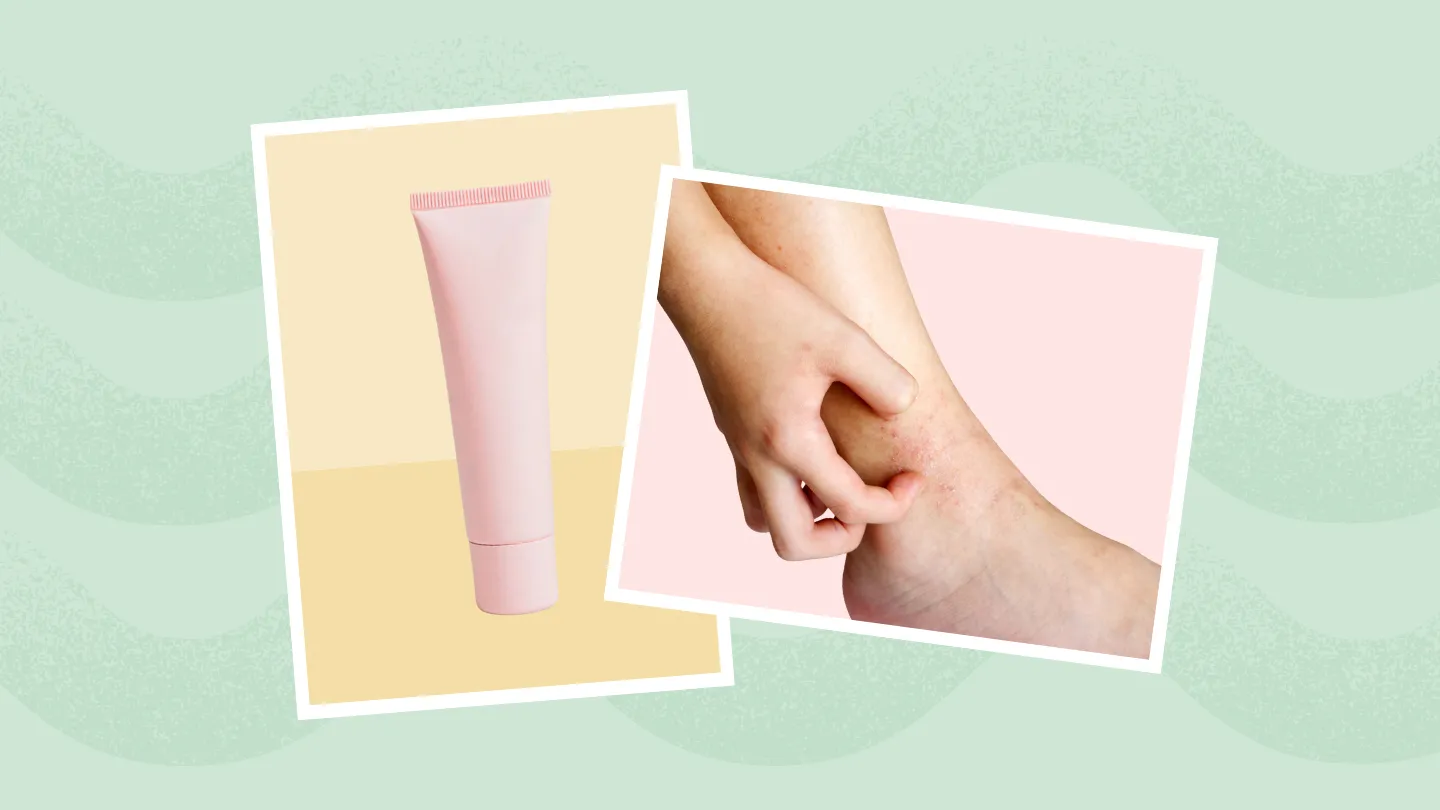Atopic dermatitis (the most common form of eczema) can happen anywhere on the body, including the feet.
When it affects the feet, it’s most common on the ankles and the skin on top of the feet. It can cause symptoms like severe itching, redness, oozing, and discolored or thickened skin.
Not much research exists on how often atopic dermatitis appears on the feet, but one study showed that, among nearly 3,300 participants with the condition, almost 10 percent had foot eczema.
Here are five important things to know about atopic dermatitis on the feet, including common triggers and how to manage it.
1. Your Shoes Matter
Pay attention to your socks, too, says Susan Massick, MD, a dermatologist and an associate professor of dermatology at the Ohio State University Wexner Medical Center in Columbus. “Certain fabrics can make itching worse, especially if you have an allergic or irritant contact dermatitis,” says Dr. Massick.
Choose thin, smooth socks when possible. If you have to wear thick socks for work or another reason, wear a liner under them made of polypropylene, merino wool, silk, or nylon. These materials help wick sweat away from your feet. “Excess sweat can irritate inflamed skin, making it more painful and itchy,” says Dr. Oyetakin.
2. Atopic Dermatitis on the Feet Can Look Like Athlete’s Foot
It’s important to get the right diagnosis so you can get the best treatment. “Treatments for athlete’s foot won’t treat the underlying eczema, and treatments for eczema can make athlete’s foot worse,” says Massick.
3. Symptoms Can Vary Widely From Person to Person
Atopic dermatitis symptoms on the feet can range in appearance depending on how long you’ve had the condition, your skin tone, and skin type. “Symptoms can vary from person to person as well, from minimal symptoms and mild itching to severe itching, pain, and difficulty walking,” says Massick. “[Your skin] may look red and inflamed in the acute phase but can look thickened, callused, scaly, and hyperpigmented with long-standing eczema.”
4. Bare Feet and Sandals Raise Your Risk of Atopic Dermatitis Symptoms
5. Don’t Skip Your Feet When Using a Treatment or Moisturizer
There are plenty of treatment options for atopic dermatitis, and it’s important to use them anywhere your atopic dermatitis occurs, including the feet. “Some people may skip these areas and focus only on the face, body, arms, and legs,” says Oyetakin.
Your doctor may prescribe you a topical treatment, such as a topical steroid cream, to manage your symptoms. Use it only as directed and be careful not to apply it more than prescribed, because overuse of topical steroids can thin your skin over time.
If creams aren’t cutting it, you have other options. “Stubborn eczema on the feet may need systemic treatment if the topical treatments are not working,” says Oyetakin. These may include oral immunosuppressants or injected biologics.
Besides treatments, be sure to keep your feet clean and moisturized, says Massick. “The key to treating AD is to decrease inflammation and improve moisture and hydration to dry skin, both of which will help the itch, heal cracks and fissures, and improve symptoms,” she says.
The Takeaway
- Atopic dermatitis of the feet happens in about 10 percent of people with this type of eczema and can cause discolored or thickened skin, severe itching, redness, or oozing.
- Foot eczema can be triggered by sweat, bacteria, and extreme temperatures, but you can avoid triggers by wearing thin, smooth socks and supportive shoes that prevent rubbing.
- Symptoms of AD on the feet vary widely and depend on your skin tone and duration of the condition, but all symptom types can be treated with topical creams and oral and injected medications designed to lower inflammation.
Read the full article here




